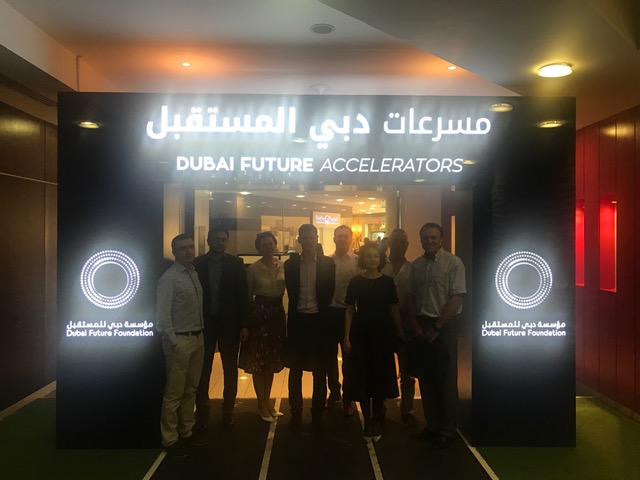May 21-25, 2018 in Antwerp and Rotterdam, a group of heads of the sea trade ports of Ust-Luga and Vysotsky, the stevedoring company Maly Port, employees of SUEK, TIS-Ruda, Daltransugol, OTEKO and NPK MorTransNiProject visited the ports and terminals of Rotterdam and Antwerp, taking part in the program on efficient operation and bulk cargo terminals.
In Belgium, the workshop participants visited the Port Authority of Antwerp, where an extensive session and series of reports on financial and economic indicators and planning activities of the Antwerp port and modeling the calculation of cargo flows took place.
The meeting discussed the optimization of the logistics chain in the port of Antwerp through the use and development of an integrated digital system for all participants in the transport process – the Antwerp Port Community System. This system greatly simplifies the procedures for the declaration of dangerous goods and the passage of customs procedures.

In the photo: participants of the seminar at a meeting with the leadership of the port of Antwerp.
Subsequently, the group, accompanied by an interpreter and specialists of the port, visited various terminals, including the newly modernized SAMGA bulk cargo terminal, where delegates got acquainted with grain loading and unloading equipment. The seminar participants also visited the Sea Tank oil loading terminal, inspected the berthing equipment and witnessed the loading of liquid cargo and oil products.
In addition to the size of the ports of Rotterdam and Antwerp and the volume of freight flows, the seminar participants were very impressed with the degree of automation of loading and unloading operations, the minimum number of personnel involved and the high productivity of all operations.
In Holland, the workshop participants visited Portbase and got acquainted with the Port Community System (PCS), a nationwide integrated system for the logistics chain, including container, oil and other terminals, freight carriers and all other participants in the transport infrastructure of the ports of Rotterdam and Amsterdam. Participants had an opportunity to walk on the captain’s yacht and inspected the water area of Europe’s largest port of Rotterdam.

In the photo: on the captain’s yacht during the survey of the water area of the port of Rotterdam.
A key element of the technical visit in Holland was the visit of two coal terminals: EBS in the area of Europort and EMO, the largest coal terminal in Western Europe.
Participants familiarized themselves with the Maaslakte 2 project to expand the port area of Rotterdam, where the EMO coal terminal is located and transshipment of 200,000 tons of coal per day takes place with a high level of automation.





